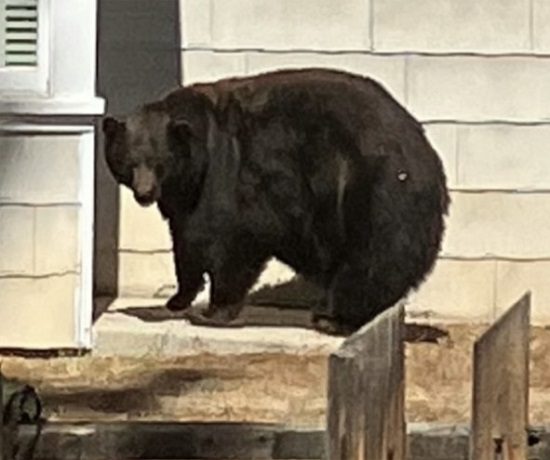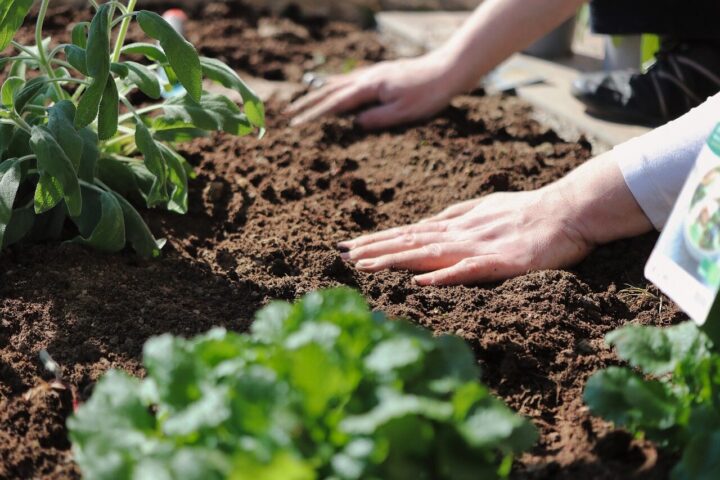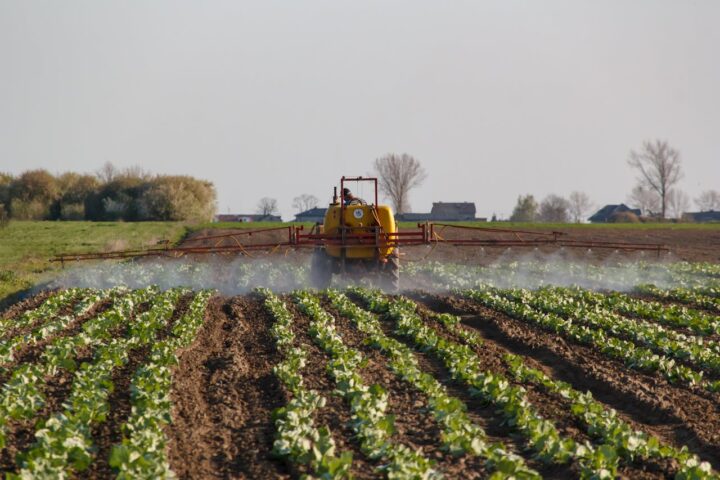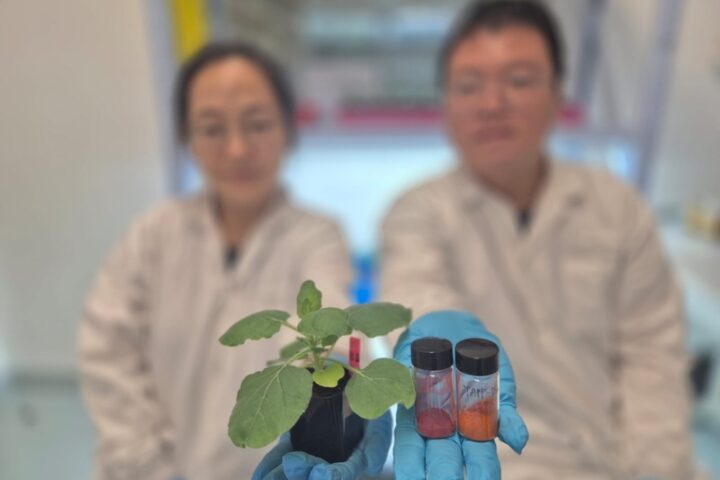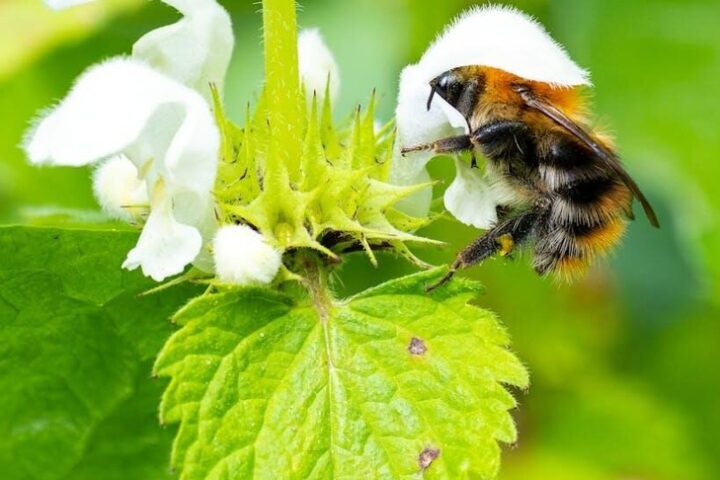In an innovative stride towards sustainable agriculture, NASA’s Jet Propulsion Laboratory and Cornell University have leveraged advanced technology to mitigate plant diseases by facilitating their early detection. They used a high-tech tool from NASA, the AVIRIS-NG, to detect early indicators of a grape disease that causes significant crop damage each year. Plant diseases are a significant global threat, destroying between 15 to 30% of harvests every year, comprising molds, bacteria, and viruses. Among these pathogens, GLRaV-3, a virus primarily transmitted by insects, leads to significant yield reduction and fruit quality deterioration, inflicting around $3 billion in losses to the U.S. wine and grape industry per annum.
Traditional detection methods for GLRaV-3 have typically been labor-intensive and expensive, involving vine-by-vine scouting and molecular testing. This novel approach aimed to utilize the AVIRIS-NG technology coupled with machine learning to overcome these challenges, providing a comprehensive and early detection mechanism. As the study’s senior author, Dr. Katie Gold from Cornell University, pointed out, early detection of plant diseases is crucial as it can take up to a year for a vine to exhibit visible signs of infection. Using AVIRIS-NG, the team surveyed approximately 11,000 acres of vineyards in Lodi, California, a prime grape-producing region, collecting valuable data for their study.
The team’s computer models, fed with this data, were developed to distinguish between infected and non-infected vines. The results were impressive, with the team distinguishing between infected and non-infected vines with 87% accuracy, both before and after visible symptoms appeared. This new technique opens up the possibility of providing grape growers with up to a year’s advance warning, facilitating effective intervention. Beyond its immediate applications, the study underscores the potential of leveraging advanced technology for ground-based pathogen surveillance. This capability was cited in the context of future missions like NASA’s Surface Biology and Geology (SBG) that could provide critical data supporting global, data-driven agricultural decision-making.
Similar Post
Fernando Romero Galvan, the lead author of the study, emphasized that sustainable farming practices, augmented by these technological advancements, are crucial in the face of climate change. Research technologist at JPL and study co-author, Ryan Pavlick, outlined the broader vision for this research, extending its applications to a global scale for a wide range of crop diseases. ” simplify this sentence Fungi, reproducing through spores, can swiftly spread over large distances, affecting various parts of plants and causing diseases such as powdery mildew, rusts, and blights. Bacteria enter plants through natural openings or wounds, multiplying within the plant tissues and causing diseases like bacterial leaf spot, crown gall, and bacterial wilt. Viruses, significantly smaller than bacteria or fungi, are often spread by vectors like insects, mites, or nematodes, causing a wide array of symptoms in infected plants.
Nematodes, microscopic worm-like organisms, feed on plant roots, opening the doors for other pathogens and often causing wilting, stunting, and yellowing. There are also parasitic plant diseases, where some plants latch onto other plants’ roots or stems and absorb nutrients, often to the host’s detriment, with mistletoe being a common example. Handling plant diseases involves various methods like changing the crops grown in a field, keeping the area clean, using natural and chemical treatments, and growing disease-resistant plants. Technology presents new tools to more effectively detect and manage plant diseases, which will play a critical role in safeguarding our crops and food supply.
The remote sensing technique showcased in the study could bolster ground-based monitoring for various crops. During a campaign to map methane leaks in California, researchers leveraged the AVIRIS-NG instrument to detect the covert signs of grape disease. Industry collaborators assisted in the research by scouting vineyards on the ground for visible viral symptoms and collecting vine samples for molecular testing to validate the results. This pioneering research serves as a promising benchmark for similar studies, moving towards the larger vision of leveraging this technology for monitoring crop diseases across the globe.


